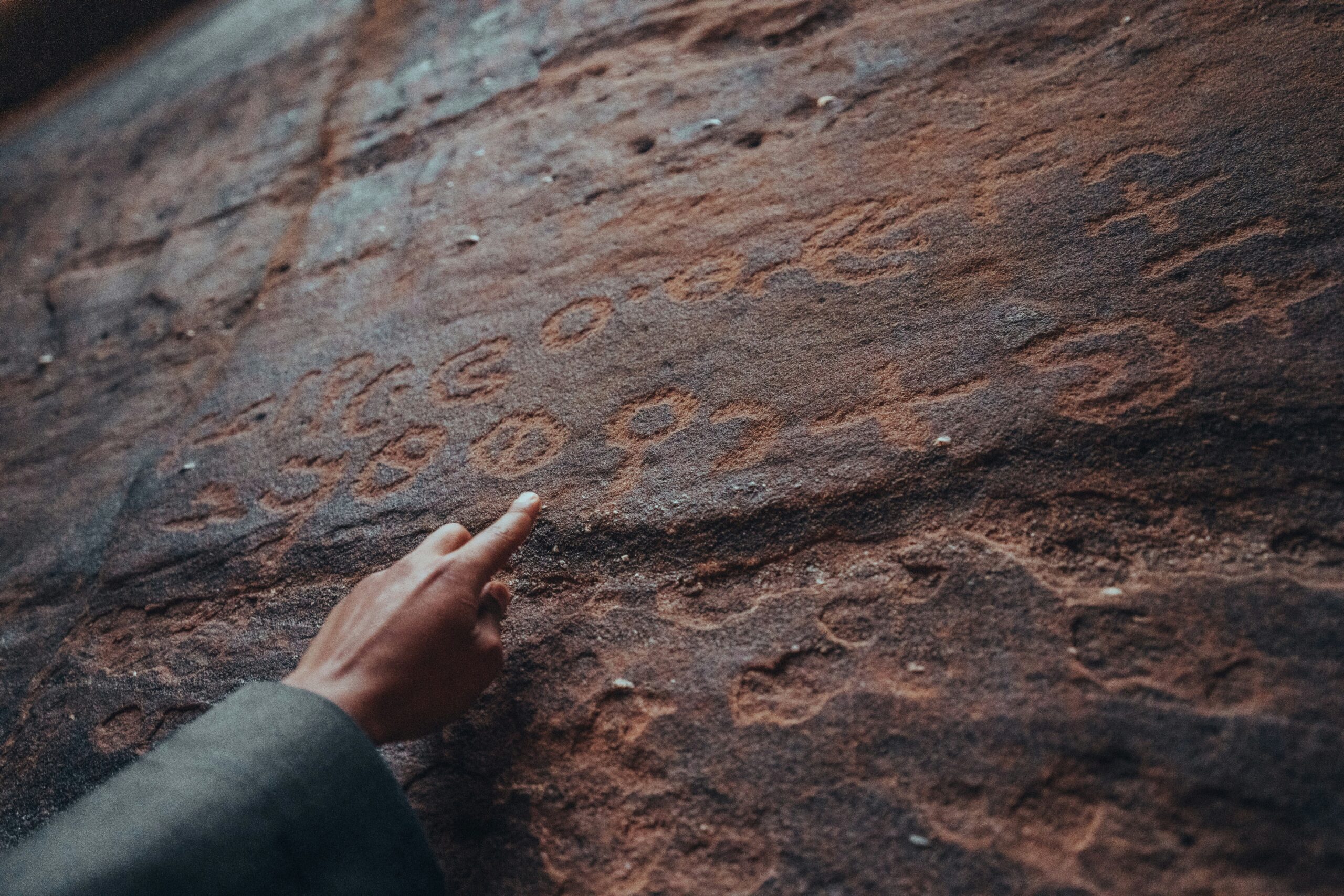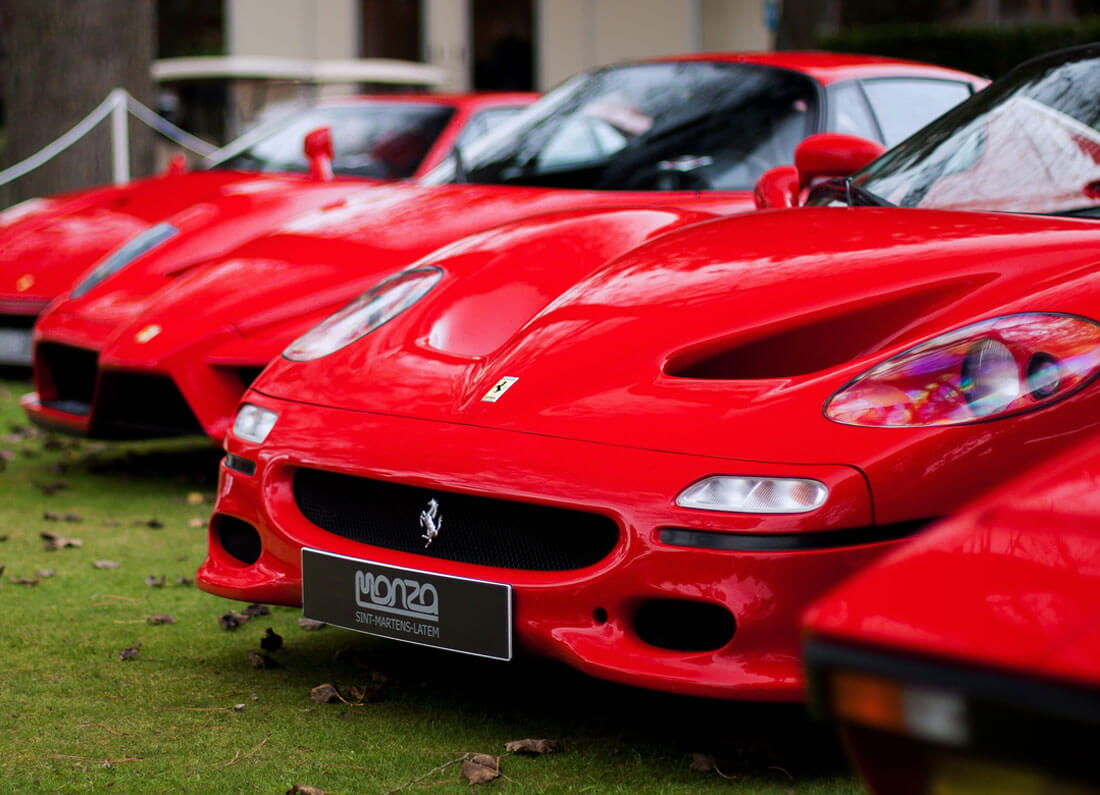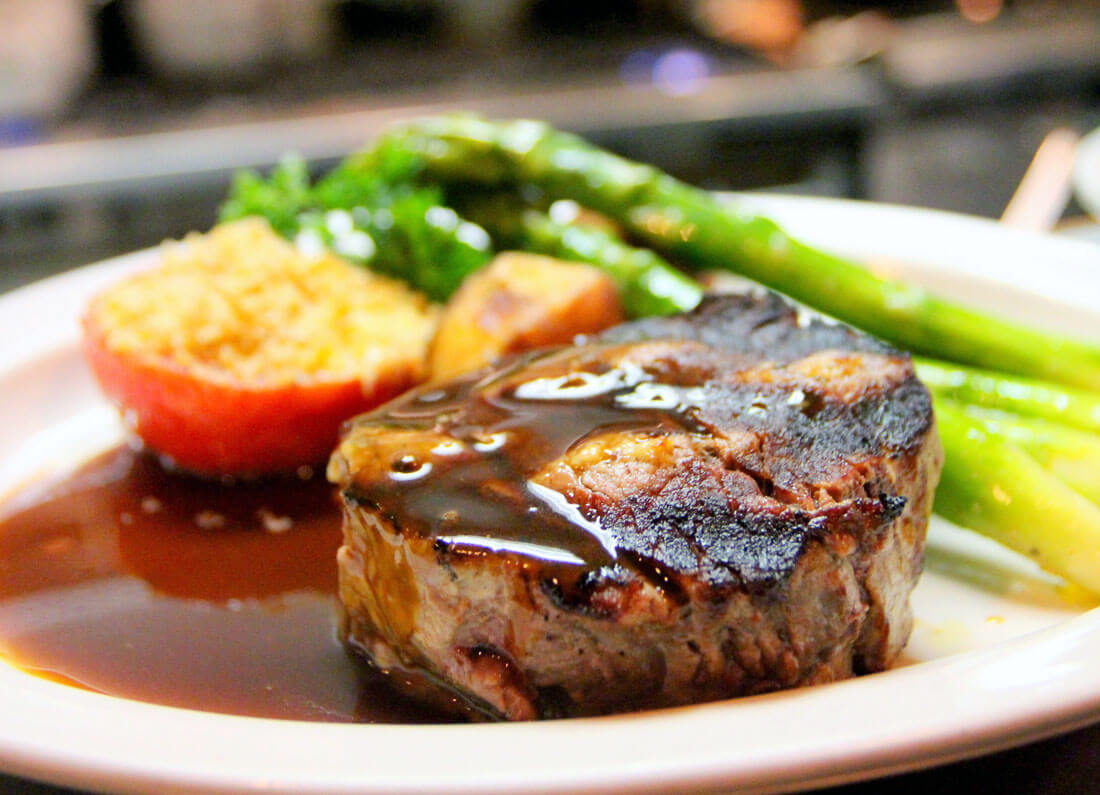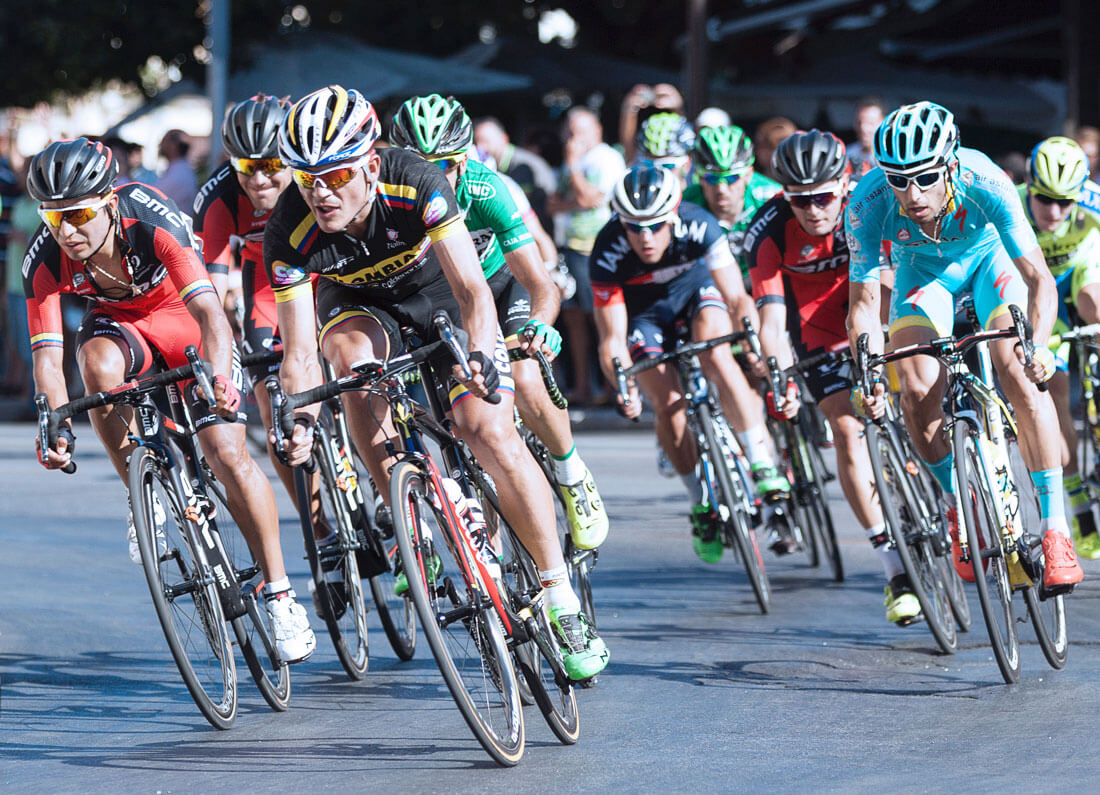The Archaeological Wonders of Peru
Peru is home to a rich tapestry of archaeological wonders that provide invaluable insights into the lives and cultures of ancient civilizations. Among these, Machu Picchu stands as a paramount example of Incan ingenuity. This remarkable citadel, nestled in the Andes Mountains, features impressive stone constructions and terraces that demonstrate advanced engineering and agricultural practices. Designated a UNESCO World Heritage site, Machu Picchu continues to intrigue scholars and tourists alike, showcasing the Incas’ remarkable achievements during the height of their empire in the 15th century.
Another fascinating site is the Nazca Lines, a series of geoglyphs etched into the arid desert of southern Peru. These enormous designs, ranging from geometric shapes to intricate animals, are best viewed from the air. Their purpose remains a mystery, though theories suggest they may have served astronomical, religious, or agricultural functions. Archaeologists utilize aerial surveys and ground-penetrating radar technology to explore these ancient markings, deepening our understanding of the cultural significance behind them.
Caral, recognized as one of the oldest urban centers in the Americas, further exemplifies the extensive archaeological landscape of Peru. Dating back to approximately 3000 BCE, Caral features monumental architecture, including pyramids and plazas, indicating a complex societal structure. Excavations have unearthed artifacts that signal the community’s agricultural dependence and social organization, providing a glimpse into the daily lives of early Peruvian societies.
Researchers employ various archaeological methodologies such as stratigraphy, radiocarbon dating, and ethnohistorical analysis to uncover the histories of these remarkable sites. Through meticulous excavation and careful study, they reveal not only the architectural prowess of ancient Peruvians but also their customs, rituals, and interactions with the environment. Ultimately, these archaeological wonders illuminate the rich historical narrative of Peru, inviting ongoing exploration and understanding of its ancient peoples.
Cultural Anthropology: Understanding Peru’s Indigenous Peoples
Peru’s rich cultural heritage is intricately woven through the lives and traditions of its indigenous peoples, such as the Incas, Moche, and Nazca. Each group contributes unique elements to the cultural tapestry that defines Peru today. The Incas, renowned for their vast empire and sophisticated administrative systems, made significant advancements in agriculture, architecture, and road-building. Their spiritual beliefs were deeply connected to the natural world, with reverence for deities like Inti, the sun god, who played a central role in their cosmology.
On the other hand, the Moche civilization, which thrived along the northern coast, is celebrated for its artistry and complex societal structure. Their elaborate pottery and intricate irrigation systems highlight their innovative approach to agriculture in a challenging desert environment. Furthermore, the Moche’s burial practices reveal insights into their social hierarchies and belief systems, as artifacts found in tombs indicate a rich spiritual life focused on both earthly existence and the afterlife.
Similarly, the Nazca, famous for their enigmatic geoglyphs etched into the desert floor, demonstrate a profound connection to their environment and cosmological views. These ancient figures, visible from the sky, are thought to have held ceremonial significance, reflecting a society deeply engaged with its spiritual beliefs and ecological context. Contemporary anthropology has played a pivotal role in unearthing these narratives, offering a deeper understanding of the social structures, kinship systems, and tradition continuity of these cultures in modern Peru.
Anthropological studies not only celebrate the uniqueness of each group but also highlight the resilience of these cultures amidst globalization. The traditions and belief systems of Peru’s indigenous peoples continue to influence modern Peruvian identity, showcasing a dynamic interplay between past and present.
Culinary Traditions: The Food of Ancient Peru
Peru’s ancient culinary heritage is rich and diverse, deeply intertwined with the agricultural practices and food sources that defined pre-Columbian societies. Central to this gastronomic landscape were staple crops such as quinoa, potatoes, and maize, each of which played a crucial role in the sustenance and economic stability of these civilizations. Quinoa, often referred to as “the mother grain,” was not only a vital source of protein but also held significant cultural importance, being revered by the Inca as a sacred food. Its adaptability to various climates contributed to its integral presence in the diet of ancient Peruvians.
Potatoes, which originated in the Andean region, exemplify the ingenuity of ancient agricultural practices. With thousands of varieties cultivated, potatoes became a fundamental component of the Andean diet and were often prepared in numerous ways to suit different occasions and social functions. Furthermore, maize emerged as another critical crop, serving various purposes from sustenance to ceremonial offerings. Its versatility enabled the creation of fermented beverages and traditional dishes, illustrating its deep-rooted significance in social rituals.
The methods of cooking in ancient Peru were not merely practical; they often encapsulated the cultural identities and historical narratives of the communities. Techniques such as pit roasting, steaming in underground ovens, and the use of clay pots reflect the ingenuity of ancient Peruvians in utilizing available resources. These traditional cooking methods have transcended time, influencing contemporary Peruvian cuisine, which is renowned for its rich flavors and unique presentations. The cultural exchanges that continue to evolve in the culinary landscape reveal how the foundations laid by ancient societies still resonate today.
Connecting the Past with the Present: The Legacy of Peru’s Ancient Civilizations
Peru’s ancient civilizations, including the Incas, Nazcas, and Moche, have profoundly influenced contemporary Peruvian culture and identity. The archaeological and anthropological findings from these civilizations underscore a rich tapestry of practices and beliefs that persist in today’s society. One evident legacy is seen in traditional festivals, many of which blend pre-Columbian and Spanish influences. Celebrations such as Inti Raymi, honoring the Sun God, are held annually, showcasing vibrant rituals that echo ancient customs while simultaneously fostering a sense of community and national pride among Peruvians.
In addition to festivals, the culinary arts in Peru serve as another significant connection to its ancient past. Ingredients like quinoa, potatoes, and various regional herbs, once staples for ancient civilizations, have found renewed prominence in modern gastronomy. Chefs around the world are increasingly turning to these indigenous ingredients, elevating traditional dishes and incorporating ancient cooking techniques. These culinary practices not only highlight Peru’s diverse agricultural heritage but also reinforce the idea that ancient knowledge continues to shape contemporary culinary trends.
The ongoing efforts to preserve Peru’s rich heritage further illustrate this connection between the past and present. Various governmental and non-governmental organizations have undertaken initiatives aimed at conserving archaeological sites and promoting awareness of ancient cultures. Educational programs in schools and museums allow both locals and tourists to engage with Peru’s history, fostering an appreciation for its significance in shaping modern identities.
Understanding the legacy of ancient civilizations is essential for grasping Peru’s multifaceted identity today. By connecting historical practices with contemporary life, we recognize the enduring impact of these ancient societies, ensuring their traditions are not only remembered but also celebrated and integrated into the fabric of modern Peruvian culture.






Leave a Reply